In the grand theater of youth culture, Gen Z has perfected the art of commitment issues — at least when it comes to trends. Their solution to keeping up with social media’s digital conveyor belt of trends? The magical suffix “-core,” which they sprinkle around like digital fairy dust to justify their fashion ADHD. It’s essentially a get-out-of-trend-free card that transforms any fleeting fancy into a legitimate aesthetic movement.
For the uninitiated, a “-core” trend is basically what happens when you give a specific visual style its own passport and social security number. Take any noun, add “-core” to it, and congratulations — you’ve just birthed a micro-movement that will probably last about as long as your average TikTok video.
And it turns out that Chinese Gen Z’s trend-hopping habits are remarkably similar to their Western counterparts. Like parallel universes of youth culture, both sides of the globe are playing the same game of aesthetic musical chairs. Who said cultural differences were insurmountable? Apparently, the language of “-core” is universal.
养生core, geriatric-core: Grandma’s remedies, but make it cool — Chinese Gen-Z are turning TCM into a luxury sport
Remember when being “punk healthy” meant staying up all night, only to compensate with $200 face serums and artisanal wellness shots? Well, that chaotic-good energy hasn’t disappeared — it’s just evolved into something more… traditionally radical.
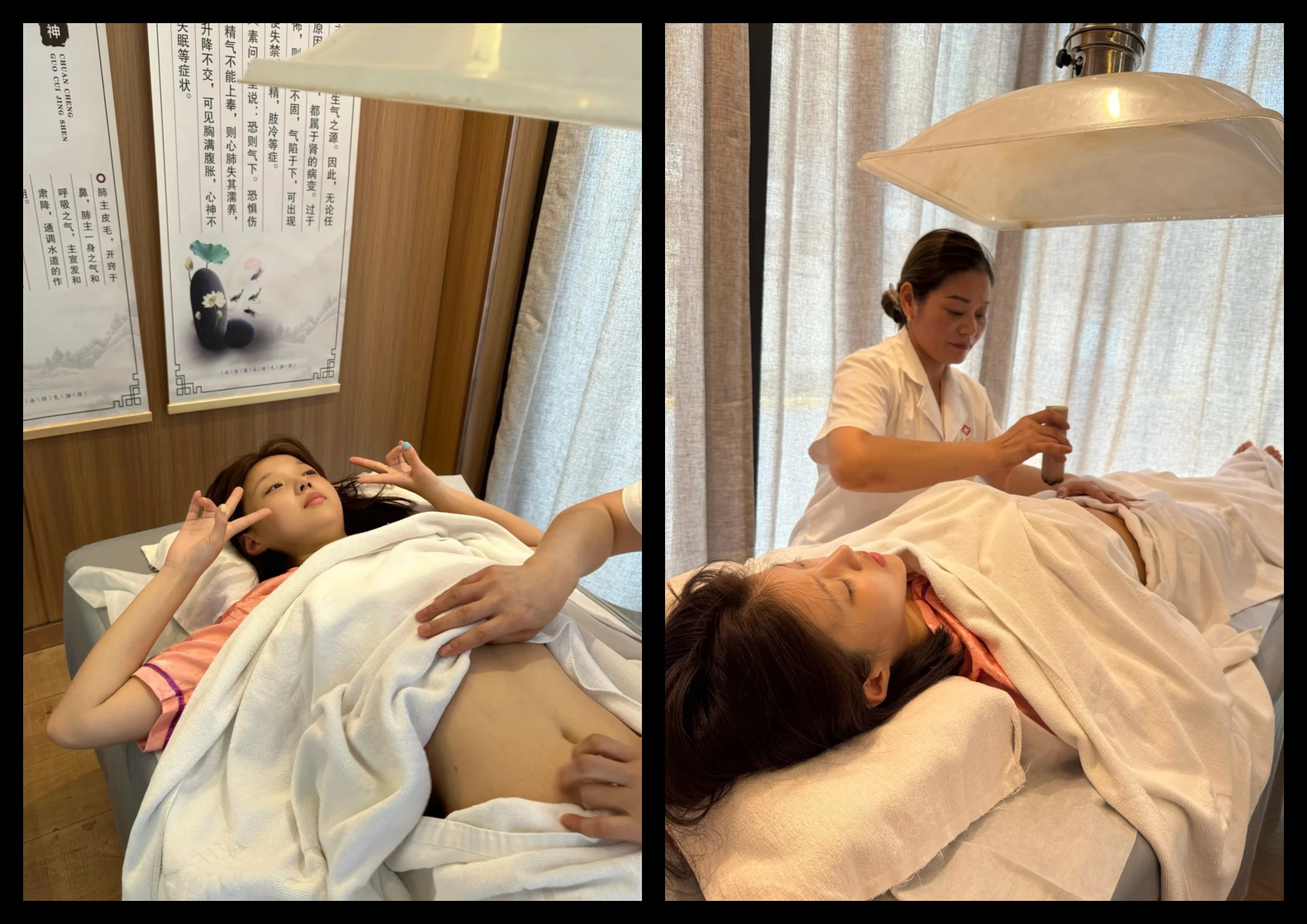
Once the exclusive domain of grandmas with their encyclopedic knowledge of herbal soups, Traditional Chinese Medicine (TCM) has undergone the ultimate Gen-Z rebrand, AGAIN!
From mastering Baduanjin exercises (think: ancient Chinese burpees, but make it Qigong) to sipping on ginseng lattes that cost more than their hourly wage, they’re flipping the script on health rituals with a playful twist.
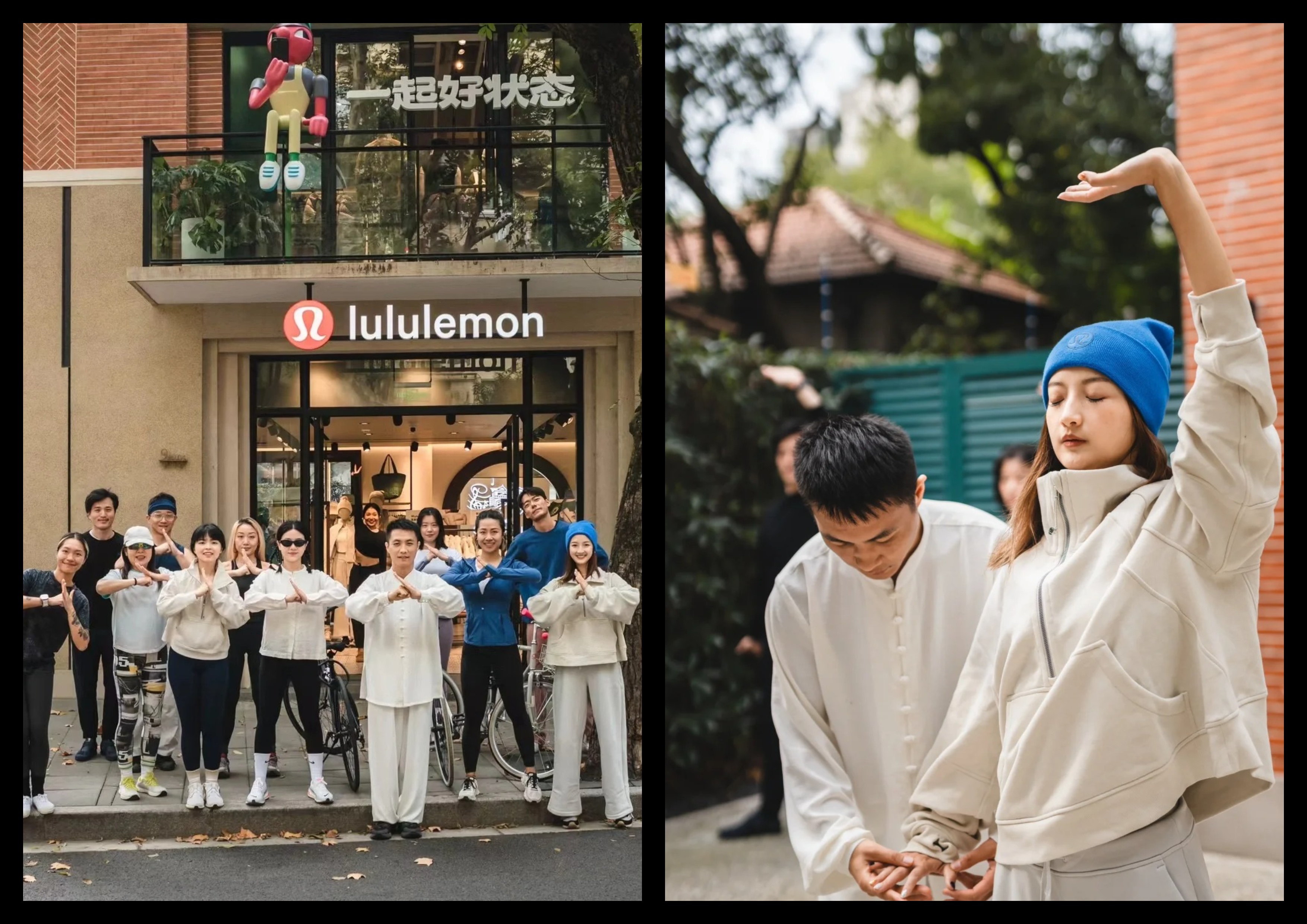
This summer we also witnessed the great “养生” (yǎngshēng, wellness) renaissance, where logic took a delightful vacation: twenty-somethings were soaking their feet in scalding water during a heatwave because, apparently, this is the secret to never feeling cold again. And forget pub crawls — the new hot first date idea is couples’ acupuncture. Nothing says romance like synchronized needle therapy, right?

The plot twist? These self-proclaimed “crispy kids” (脆皮年轻人, cuì pí niánqīng rén) — young folks so fragile they might shatter at the mere thought of overtime work — are embracing their “blood awakening” (血脉觉醒, xuèmài juéxǐng) by turning to ancient wisdom. It’s like they’re speedrunning aging backwards: physically crumbling at 25 but spiritually ascending to a level of TCM mastery their grandparents never could have imagined.
Temple-core: I’m not just here to pray — I’m here to slay
In what might be the most delicious irony of 2024, Chinese temples are experiencing what you could call a “divine disruption”: young people, typically found doomscrolling through their existential crises, are now doomscrolling their way to spiritual enlightenment — causing a holy 310% spike in temple tourism. Over the summer RADII even spoke with twentysomethings choosing Daoist temples over bars and clubs.
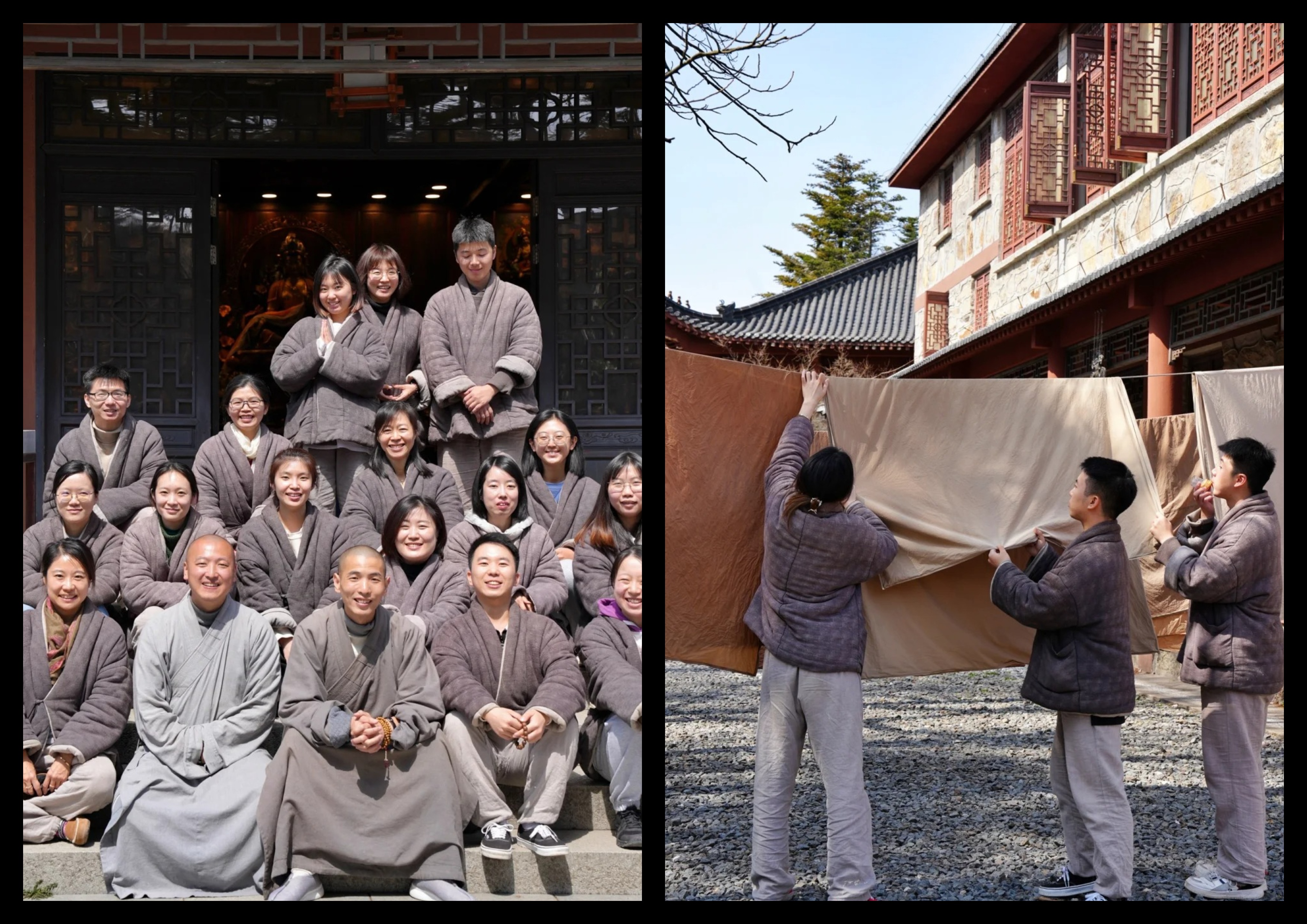
These ancient sanctuaries, once the quiet domain of whispered prayers and contemplative silence, have evolved into what can only be described as a spiritual hybrid between Coachella and a TED talk. Young urbanites are spending their weekends meticulously copying ancient sutras, trendy cafés have taken up residence alongside centuries-old prayer halls, and Xiaohongshu has become the unofficial temple tourism bureau — complete with carefully curated guides on everything from the most serene meditation spots to which temple’s vegetarian restaurant serves the best lotus root soup.
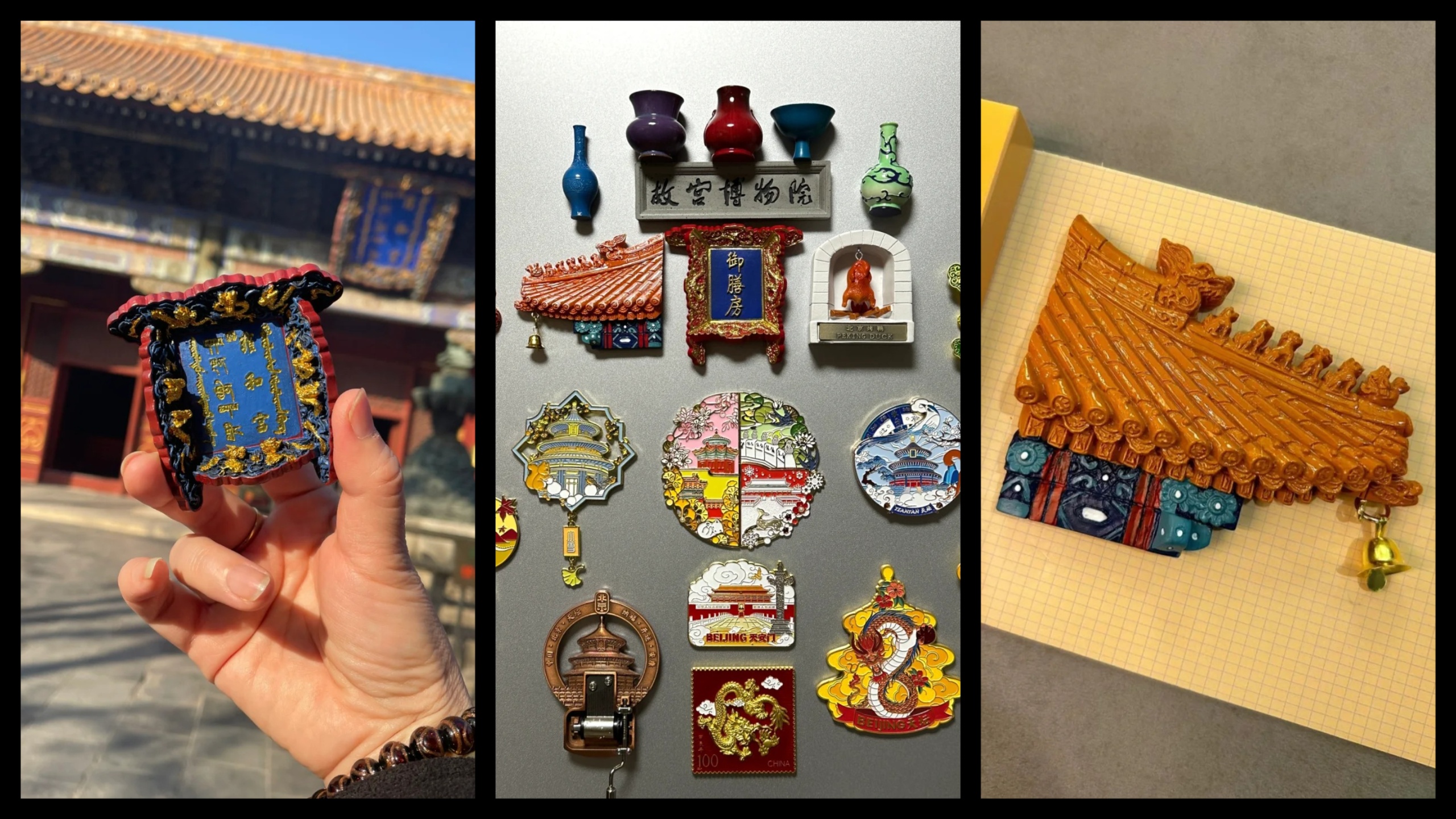
And let’s talk about those Buddhist bead bracelets — once simple symbols of devotion, now the ultimate spiritual flex. They’ve become so hot that you’ll find guides on how to purchase them on Xiaohongshu, WeChat, and beyond.
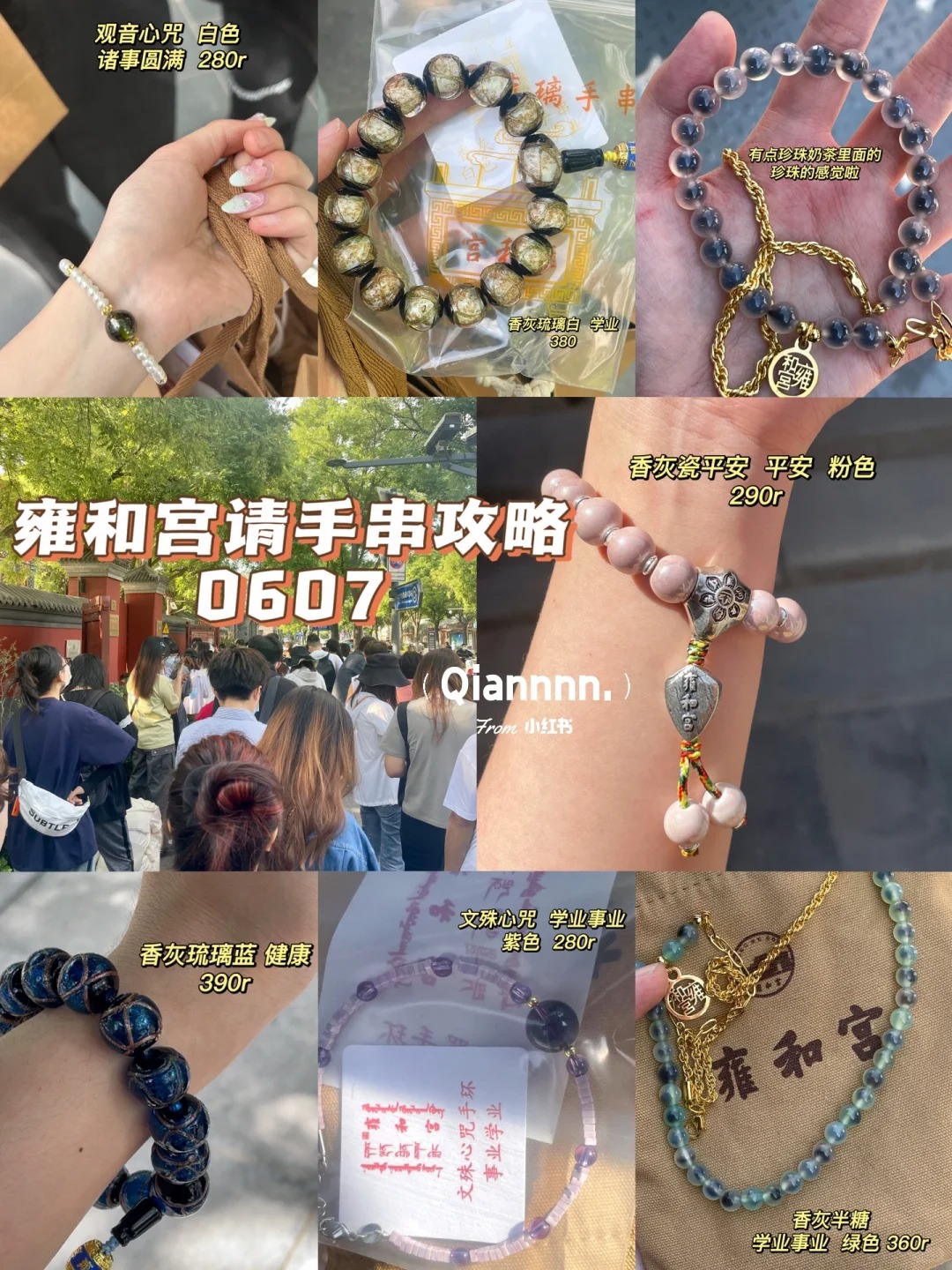
Because nothing says “I’m on a journey of spiritual awakening” quite like a bead bracelet that promises to boost both your karma and your college admission chances. It’s basically a metaphysical insurance policy you can wear.
Weirdcore with Chinese characteristics: When your childhood memories start buffering in 144p
Chinese social media has gone full “weirdcore” (中式怪核, Zhōngshì guài hé) — imagine nostalgia itself having an existential crisis in a haunted computer lab from 1995.

Chinese youth have taken the West’s surreal internet aesthetics and given them a distinctly local glow-up. Picture this: your childhood bedroom melting into an abandoned school playground, all wrapped in the warm fuzz of VHS static and drenched in that peculiar shade of institutional green that every Chinese school somehow agreed upon. It’s like someone took your most vivid memories of growing up during China’s economic boom and ran them through a glitch in the Matrix.
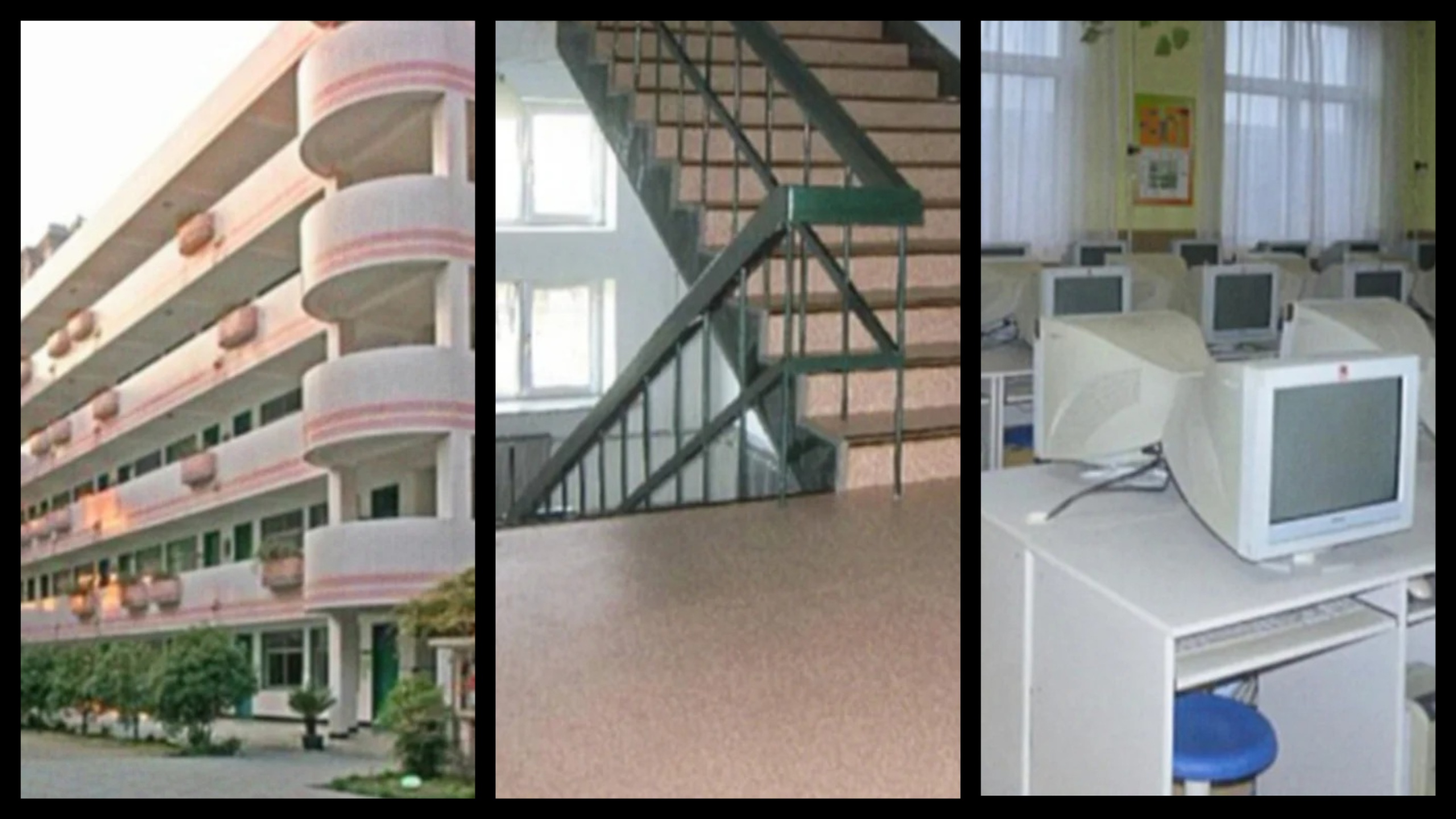
The timing? Chef’s kiss perfect. As Covid lockdowns turned reality itself into something suspiciously surreal, weirdcore exploded. For a generation that watched their country transform from bicycles to bullet trains at breakneck speed, these warped digital landscapes offer a strange comfort — like finding your old diary, only to realize it was written in an alternate dimension.

NPC-core: Nothing says “Quarter-life crisis” like identifying with video game background characters
This year Chinese youth have collectively decided that they’re not just living in a simulation — they’re the background characters in someone else’s game. The term “NPC” (Non-Player Character) has gone from gaming jargon to an existential mood in China.
Modern life has become so algorithmically predictable that we’ve started describing our fellow humans using gaming terminology. You know That Person™ — the one whose emotional range rivals a customer service chatbot, whose response to everything from apocalyptic news to cat videos is an immediate “hahaha” followed by precisely five laughing emojis. Their dialogue options are limited to “Yes, boss” and “Working overtime? Of course!”
These are the types of people Chinese netizens refer to as “NPCs” — individuals who seem to operate on pre-programmed responses, displaying little genuine emotion or independent thought, robotically following social scripts as if they were background characters in someone else’s game.
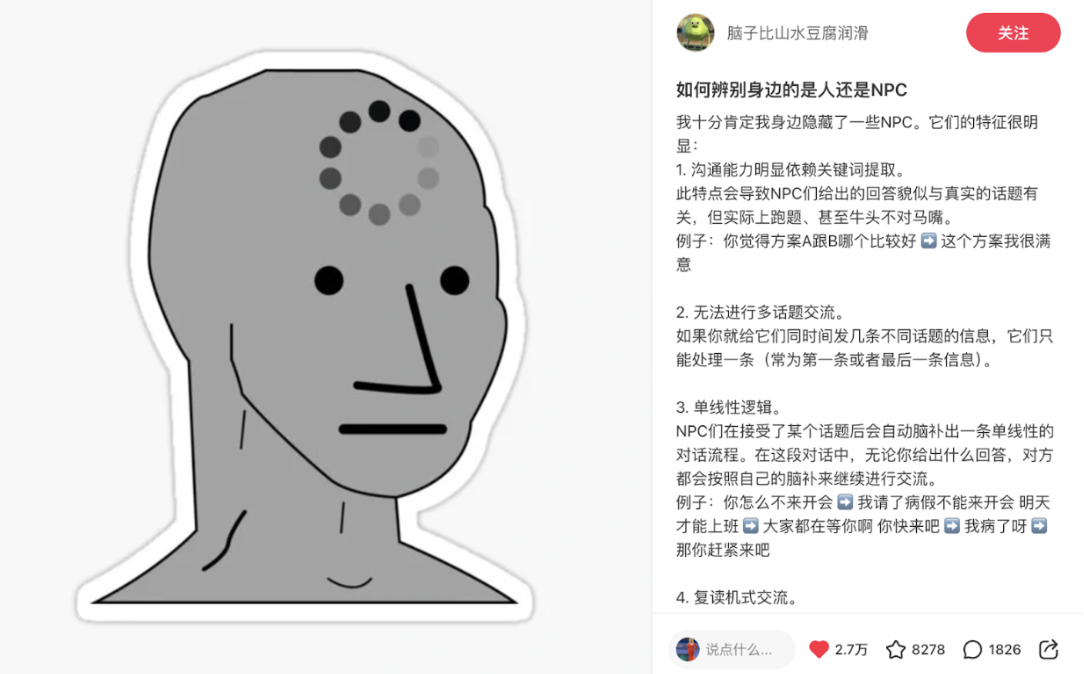
A popular post on Xiaohongshu offers a tongue-in-cheek guide to identifying “NPCs” in real life. The post claims there are several telltale signs:
- Communication relies heavily on keyword extraction, leading to responses that seem relevant at first but miss the actual point. For example, when asked “Which is better, option A or B?” They might reply “Yes this plan sounds good.”
- Inability to handle multiple conversation topics at once — they’ll only respond to either the first or last message.
- Linear dialogue processing — they follow a preset conversational path regardless of your responses. Example: “Why aren’t you at the meeting?” — “I’m sick and can’t come until tomorrow” — “Everyone’s waiting, please come!” – “But I’m sick” — “So hurry up and come!”
- Echo-chamber responses: they simply rephrase what you’ve said and present it as their own original thought.
- Three-minute conversation memory — their “memory” of discussions only lasts briefly, from a few minutes to a few days at most.
The post ends with a humorous disclaimer: those who recognize these traits in themselves shouldn’t worry about “becoming an NPC” — it’s just a mode that most people can switch on and off at will.
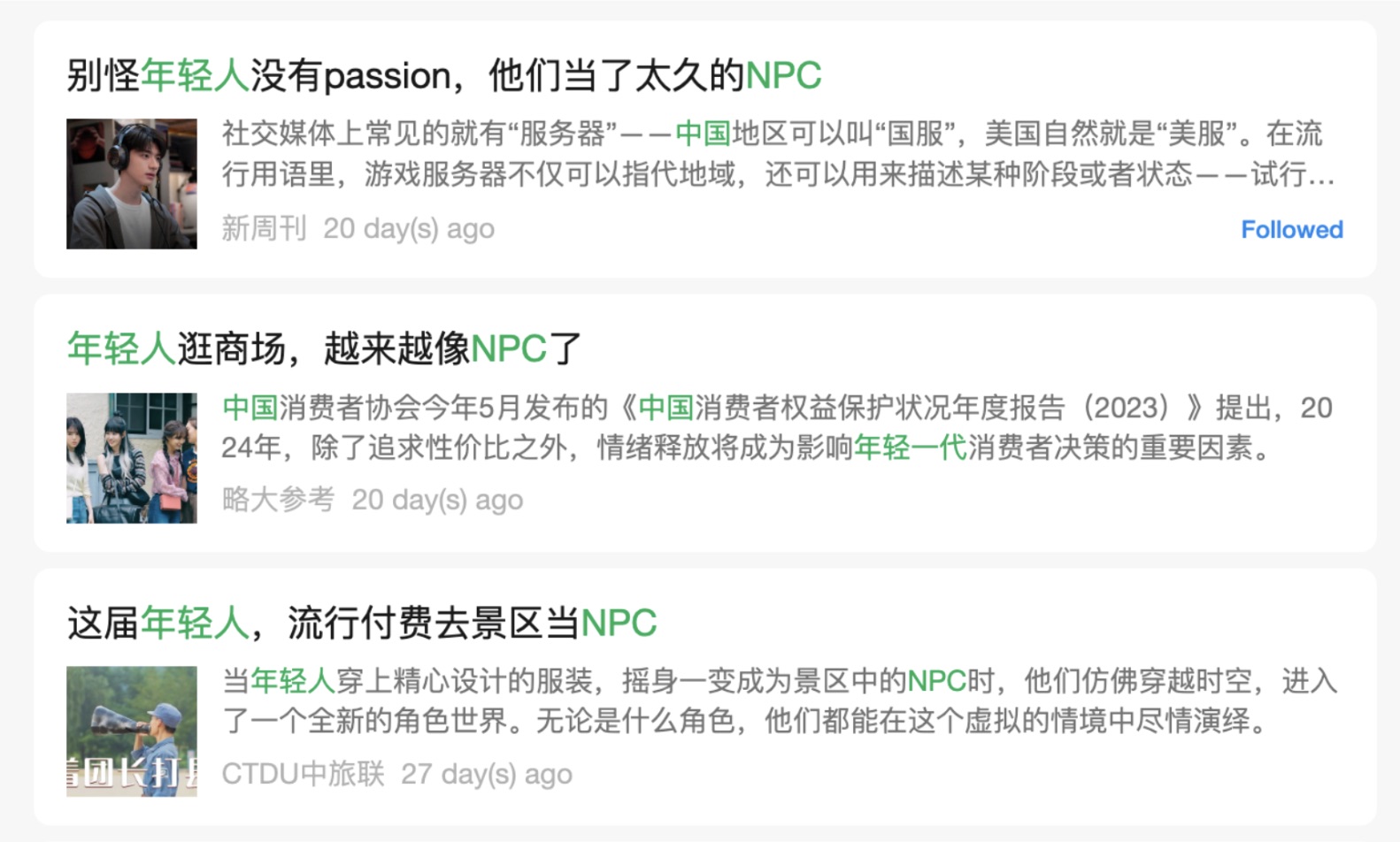
WeChat media outlets have mastered the art of using “NPC” to diagnose the state of Chinese youth. Listed above:
- Don’t blame young people for lacking passion — they’ve been NPCs for far too long
- Young people shopping at malls are becoming increasingly NPC-like
- This generation of youth is paying to be NPCs at tourist attractions
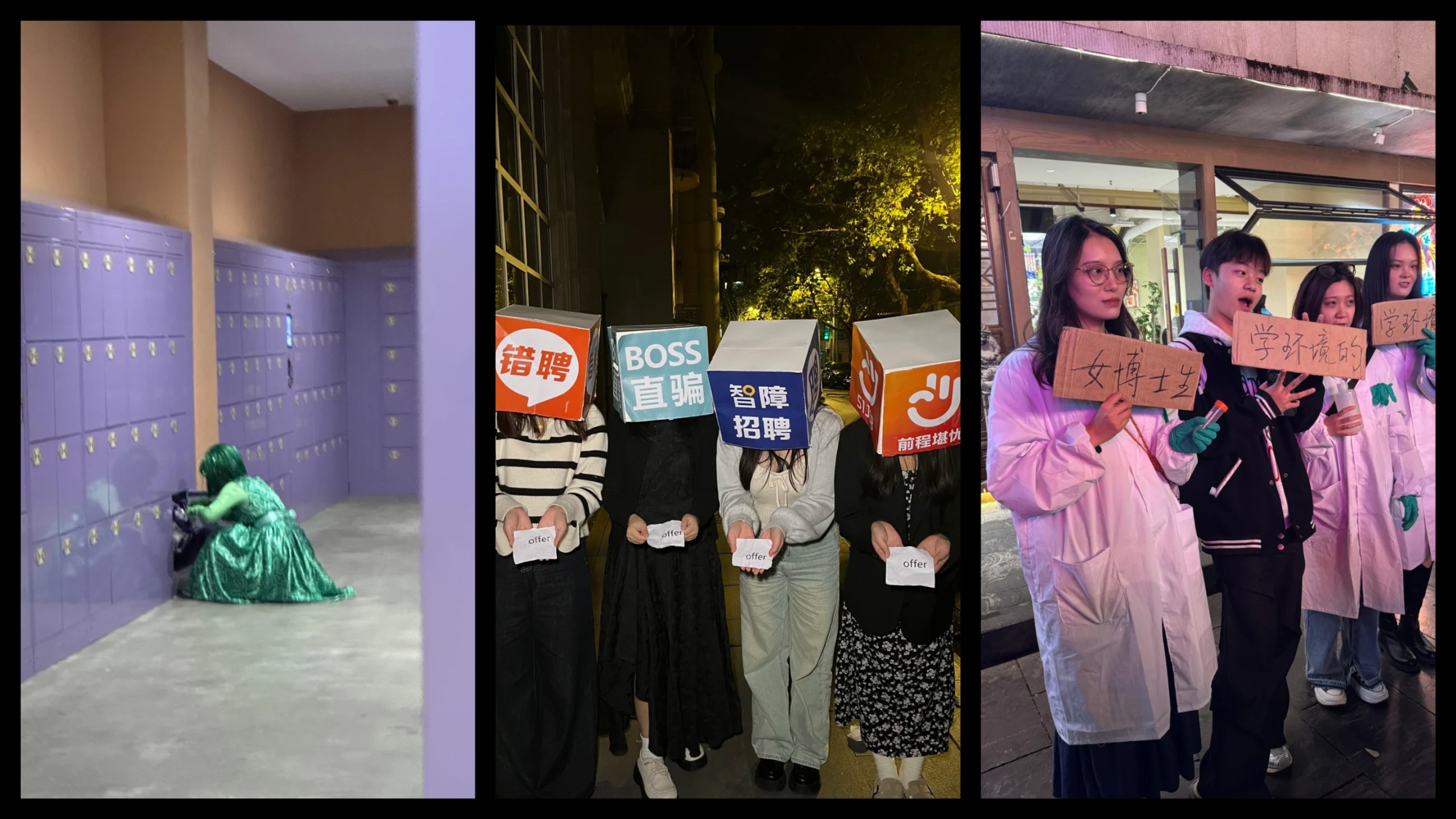
Life itself has become one giant server where everyone’s trying to “level up” while complaining about playing on “hard mode.” Some people seem to be “using cheat codes” (read: born into privilege), while the rest of us are stuck grinding daily quests called “paying rent” and “pretending to enjoy networking events.”
Banner image by Haedi Yue.












